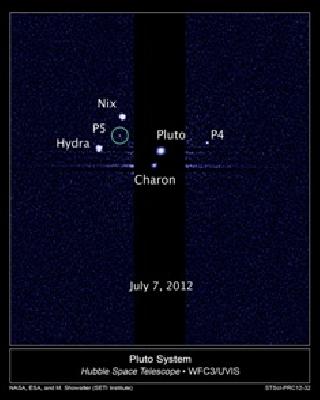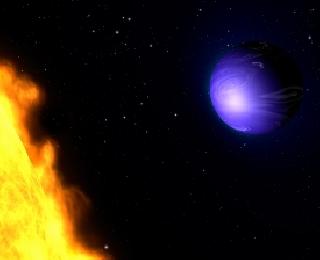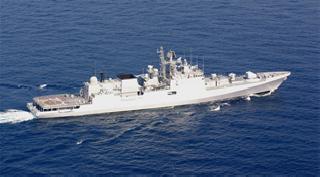
This image, taken by NASA's Hubble Space Telescope, shows five moons orbiting the distant, icy dwarf planet Pluto. Photo: NASA.
WASHINGTON (PTI): Charon orbits more than 19,000 km away from the planet. As seen from NASA's Pluto-bound New Horizons spacecraft, that's only about 0.01 degree away.
Charon - Pluto's largest moon - has been spotted for the first time, in a cosmic snapshot captured from nearly 885 million km away.
NASA said that its Pluto-bound New Horizons spacecraft, using its highest-resolution telescopic camera, spotted the dwarf planet's Texas-sized, ice-covered moon.
This represents a major milestone on the spacecraft's nine-and-a-half-year journey to conduct the initial reconnaissance of the Pluto system and the Kuiper Belt and, in a sense, begins the mission's long-range study of the Pluto system.
Charon - the largest of Pluto's five known moons - orbits more than 19,000 km away from the planet. As seen from the New Horizons, that's only about 0.01 degree away.
"The image itself might not look very impressive to the untrained eye, but compared to the discovery images of Charon from Earth, they look great!" said New Horizons Project Scientist Hal Weaver, of the Johns Hopkins University Applied Physics Laboratory, Laurel.
"We're very excited to see Pluto and Charon as separate objects for the first time from New Horizons," said Mr. Weaver.
The spacecraft was still 885 million km from Pluto - farther than the distance from Earth to Jupiter - when its Long Range Reconnaissance Imager (LORRI) snapped a total of six images: three on July 1 and three more on July 3.
LORRI's excellent sensitivity and spatial resolution revealed Charon at exactly the predicted offset from Pluto, 35 years after the announcement of Charon's discovery in 1978 by James Christy of the Naval Observatory.
"In addition to being a nice technical achievement, these new LORRI images of Charon and Pluto should provide some interesting science too," said New Horizons principal investigator Alan Stern, of the Southwest Research Institute.
New Horizons is viewing Pluto and Charon at solar phase angles (the angles between the Sun, Pluto and the spacecraft) much larger than can be achieved from observatories located on or near the Earth. This has the potential to yield important information about the surface properties of Charon and Pluto - perhaps the existence of an overlying layer of fine particles, for example.
"We're excited to have our first pixel on Charon but two years from now, near closest approach, we'll have almost a million pixels on it. I expect we'll be about a million times happier too!" Mr. Stern said.
 Previous Article
Previous Article Next Article
Next Article












The Indian Air Force, in its flight trials evaluation report submitted before the Defence Ministry l..
view articleAn insight into the Medium Multi-Role Combat Aircraft competition...
view articleSky enthusiasts can now spot the International Space Station (ISS) commanded by Indian-American astr..
view article